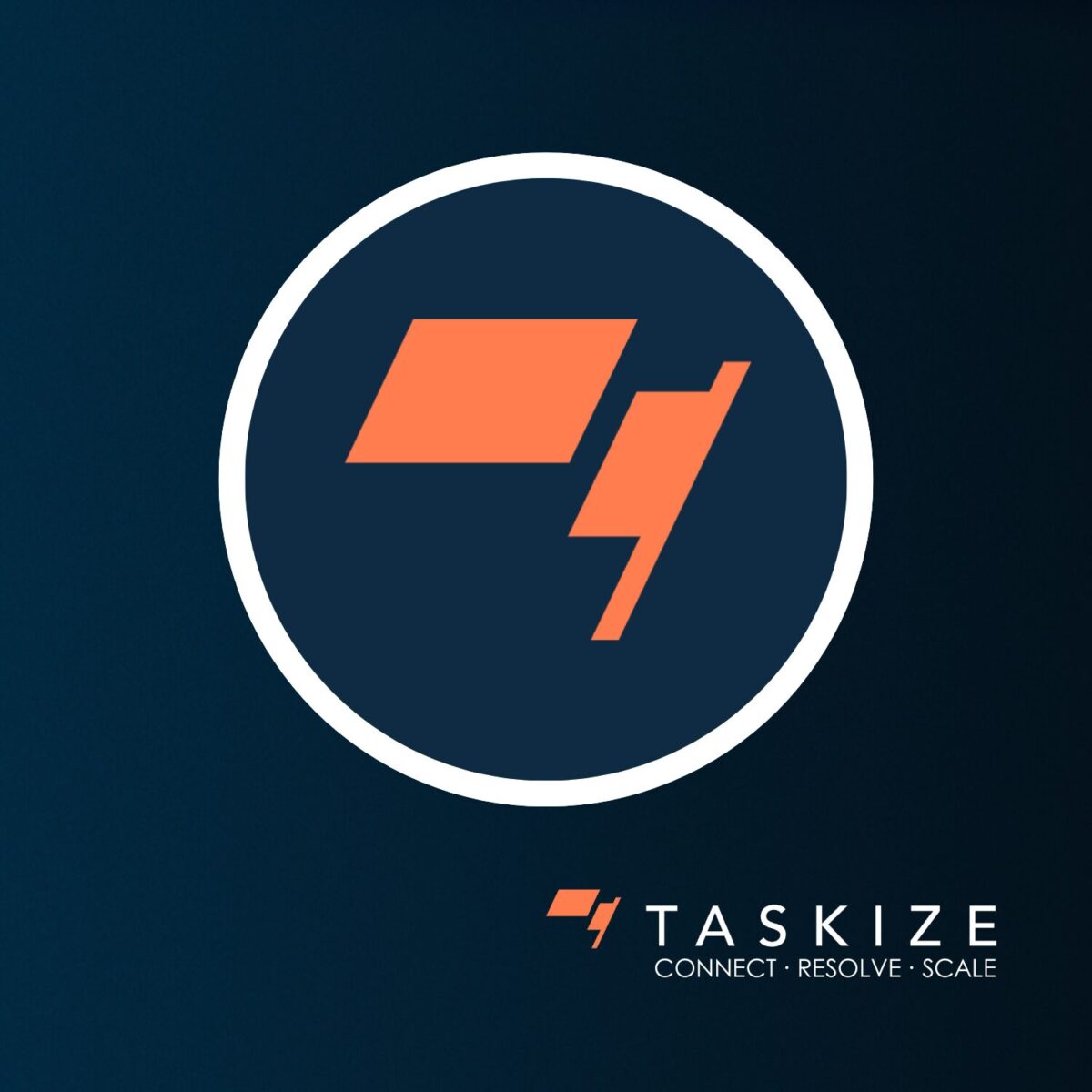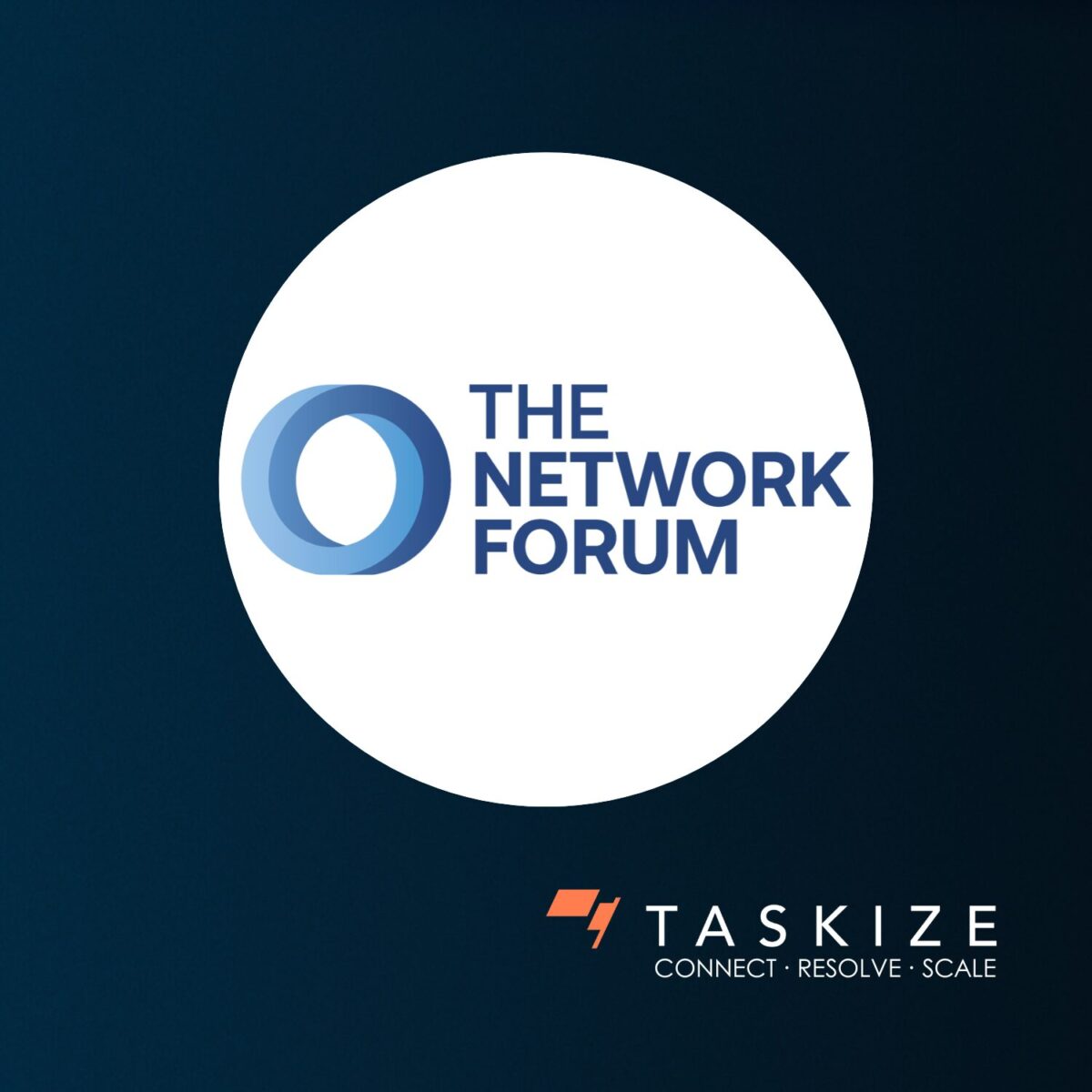Insights
This is the first of a three-part series about recent innovations in operations. The series will aim to help you get up to speed with Robotic Process Automation, Chatbots and Artificial Intelligence from the perspective of a banking operations leader.
Robotic Process Automation (RPA) is the hot thing in operational efficiency. Driven by the realisation that whilst many operations roles require the application of intelligence, a sizeable number do not. Vendors such as Blue Prism, Automation Anywhere and UiPath have emerged as the dominant forces in this new arena, but the older workflow companies will move quickly to emulate their success.
What are these roles that don’t require thinking? As internal IT departments have failed to adapt legacy applications to the needs of rapidly evolving business processes and new regulations, many of which are data driven, operation staff have stepped in to fill the gap with manual processes. Processes can be as simple as taking data from a mainframe screen and re-inputting it into the right format Excel sheet for a client, or a regulator, or just to connect applications to one another. Operations’ change backlogs with their various IT partners have grown to hundreds of non-trivial items. Having put up with years of unfulfilled requests, operations leaders have had enough. Now they are solving their own problems, with their own IT and RPA is a powerful enabler for that.
RPA is a simple concept. If the reader is old enough to remember the transition from mainframes to GUI applications, they may have a dim memory of ‘screen scraping’. That was where a fresh new Windows GUI (yes, we’ve come a long way) was applied to a legacy business system by creating programs that shuttled data between the old mainframe screens and the shiny new desktop widgets by simulating a mainframe user. This transfer went in both directions, so the end-user was unaware that their new GUI application was a mainframe in drag. RPA takes the same idea and combines it with simple, macro-style programs to enable an operation to be recorded, parameterised, and then performed automatically at scale. Other technologies have made this easy for vendors; virtualisation can spin up disembodied Windows PCs in distant data centres running applications without human masters, and then drive those applications with the recorded scripts. An operations manager is no longer limited to one PC-per-human, instead commanding an on-demand scalable fleet of automatons; perhaps dozens, or hundreds, or thousands in large operations.
This simple idea yields a pragmatic and formidable capability which has already successfully displaced hundreds of staff from the most menial of chores. It has also accelerated other tasks, such as providing call-centre operators a tool that quickly brings up the right information from the mainframe when the client phone number shows. In these situations, the RPA software patiently watches the user’s desktop for opportunities to step in and help.
But there is a downside to this. No matter what the vendors say, RPA is application programming. RPA without discipline, testing or change management will lead to problems of the kind operation are already too familiar with and may draw unwanted attention from auditors. Perniciously, RPA enables enthusiastic staff to create dependences between applications that IT does not know about. The result is like nailing batons across a door in the face of a storm – the door will be stronger, but it can no longer open. Future systems deployment, migration or re-engineering effort may be hampered, and the costs will be larger. Also, legacy system upgrades can cause sudden and mysterious breaks in RPA, or worse they still work but silently produce the wrong results. Leading RPA vendors have only recently started adding security, change management and debug facilities to their offerings – making them more like traditional programming and Enterprise Application Integration tools with each release.
For this reason, some high-end consultants have been hesitant to commend RPA to their clients, knowing that the cost of advising clients to seek tactical gains may cause longer term strategic relationship problems down the line.
RPA has also exposed more people issues in banks than simple fear of displacement. Operations managers are used to being rewarded based on the size of the empire they control. RPA can decimate these empires; seeing this, managers may be reluctant to embrace RPA efforts. One clever solution to this deployed at one bank is to formally recognise a robotic version of the FTE (full-time equivalent). Managers now proudly talk about managing 100 FTEs and 50 RFTEs. Perhaps surprisingly, this simple device reduced resistance among managers.
Productivity gains from RPA are real, but I would caution managers that like dieting the initial drop in costs is the most rapid. There are technology costs in RPA, a certain percentage of operations staff will become lay programmers (with a higher cost-of-replacement if they leave), and there is a hidden technical debt being accrued.
The bottom line is that RPA, when thoughtfully deployed, can be devastatingly effective and works with almost any application – including Taskize. Happy roboting!


